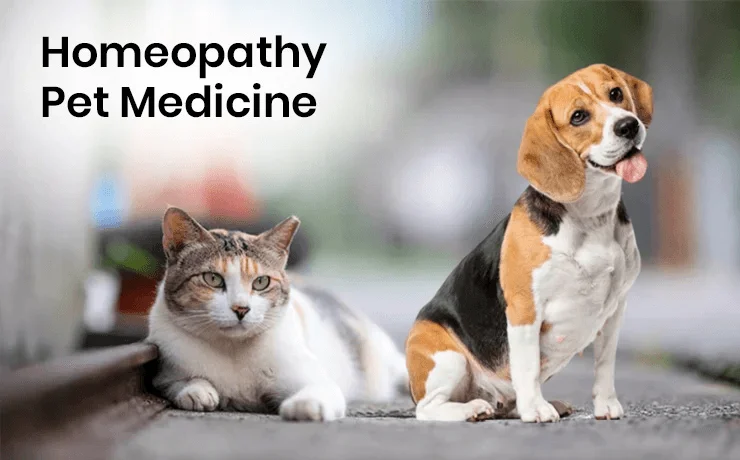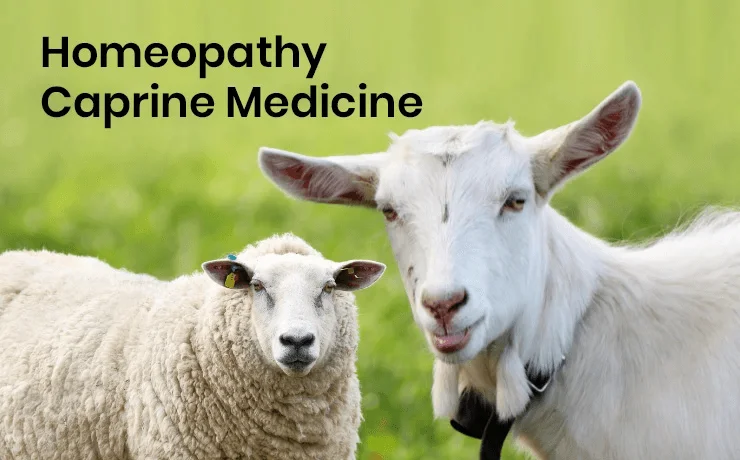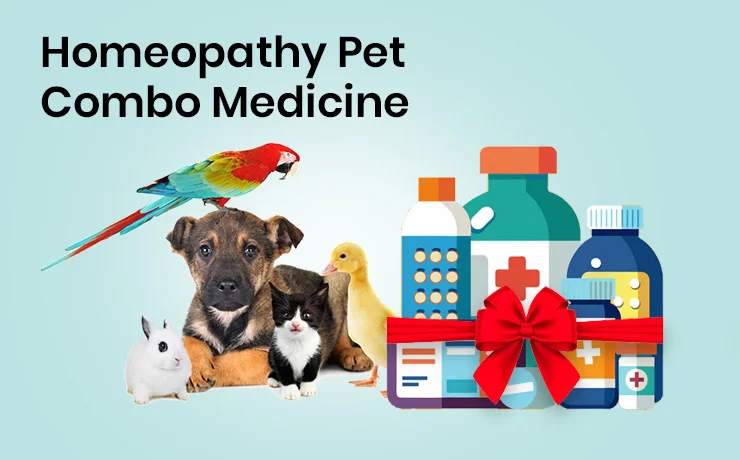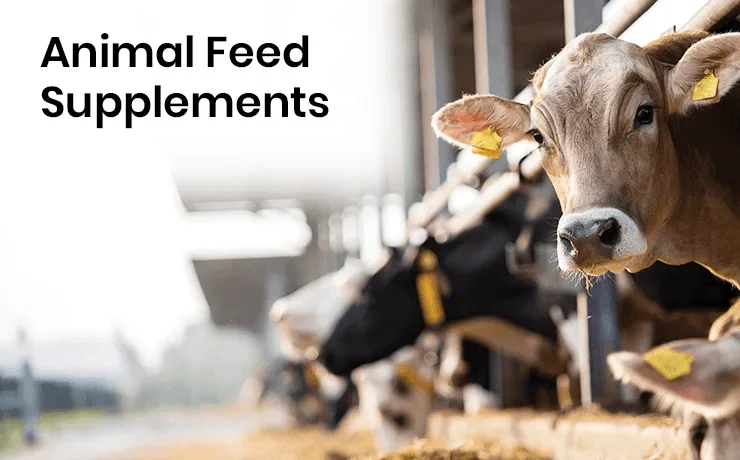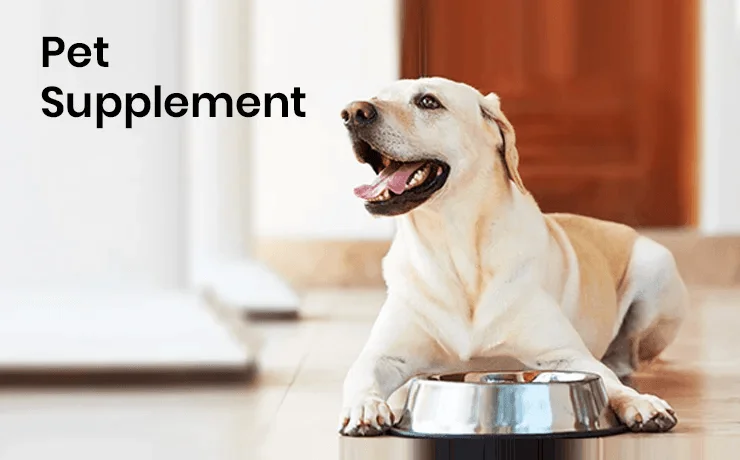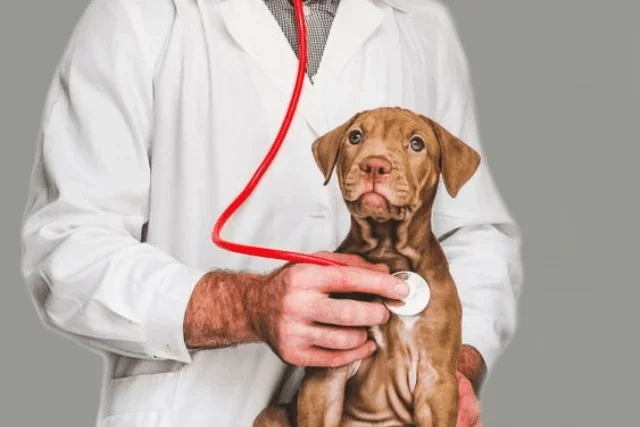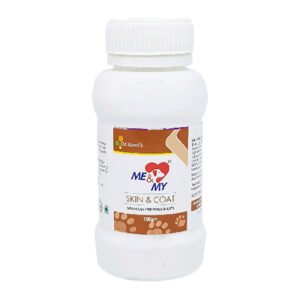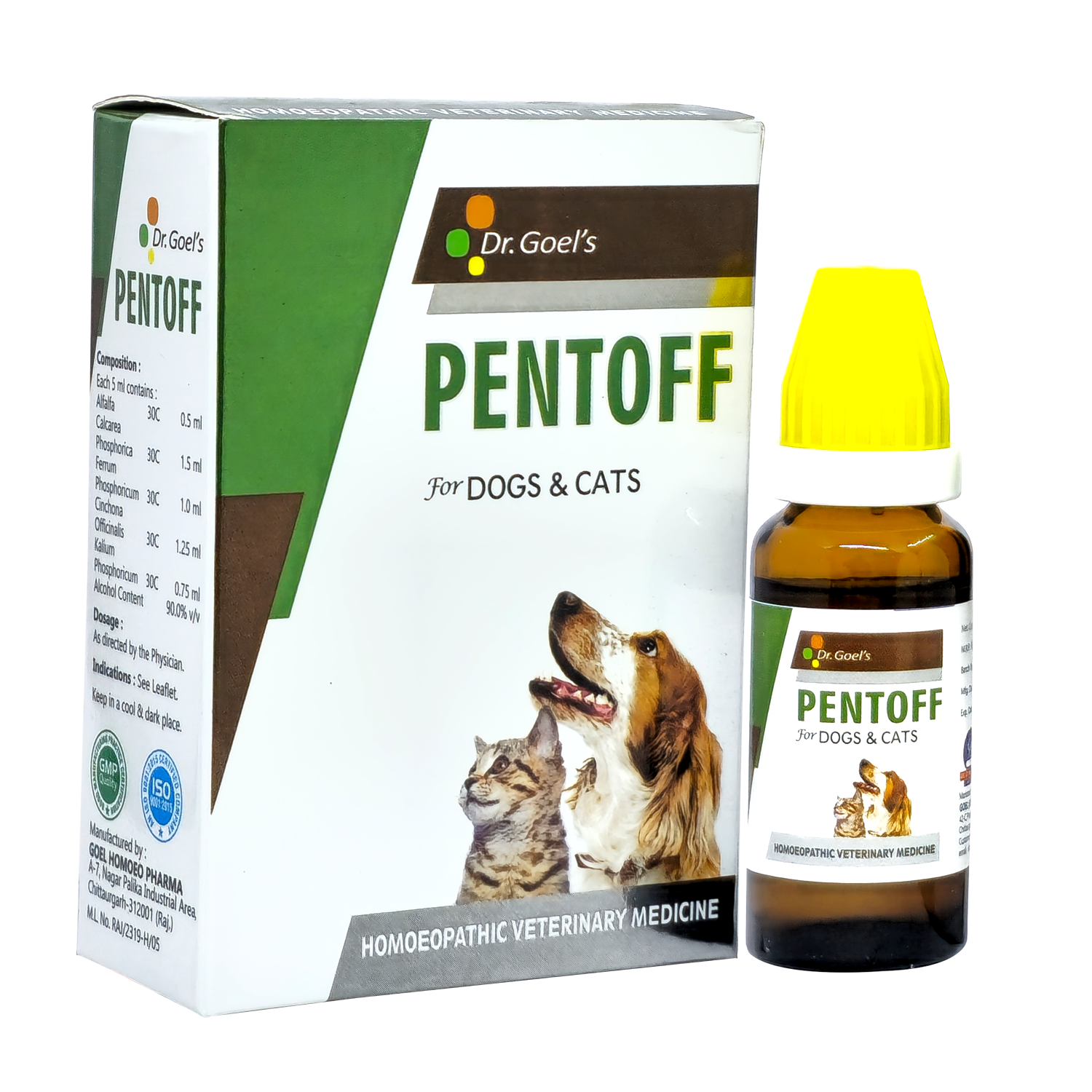DITCH THE ITCH – Canine Atopic Dermatitis FAQ Guide
Scratches, Itches, and the hell of hair loss, there often comes a moment when your pet is really irritated and tired of scratching because something on their skin (or maybe inside) keeps bothering them. Is your pet annoyed and itchy? Does it have constant irritation on the skin? Why is this happening? What’s wrong? Let’s find out! In this mini-FAQ guide, we will share with you the causes, effects, and treatment of this vicious cycle of skin irritation.
Tanvi Shendye
Final Year Student, Bombay Veterinary College, Mumbai
WHAT IS THIS CONDITION CALLED?
Atopic Dermatitis is a kind of skin disease wherein your pet has flares and periods of constant irritation. They scratch their bodies with their paw vigorously as if something’s bothering them endlessly. More often than not, it is an allergic reaction to allergens (outside particles). Allergy can be due to food or environmental pollutants or dust mites. Dermatitis means Derm – Skin, and itis – inflammation, dermatitis hence is an inflammation of the skin. The inflammation is due to allergens or bacteria or fungus or due to trauma caused to the skin by constant scratch bites, etc. Also, it could be because of parasites such as ticks, fleas, and mites.
BUT WHAT EXACTLY CAUSES THIS CONDITION?
The reasons are many, we have shortlisted the main ones for you.
- Bacterial Disease
There is a number of bacterias that reside on the surface of our skin, and they’re majorly harmless. They’re known as commensals (they do not cause any damage to the skin). However In conditions such as allergies/Hypothyroidism or flea allergy, the immune system gets triggered and reacts with normal skin flora, and hence hypersensitivity occurs.Also, In immuno-deficient or compromised pets, bacterial infection occurs concurrently with fungal or yeast infection. - Fungal or Yeast InfectionDue to low immunity, fungal organisms have the ability to attack normal skin and hence cause infection, and the same goes for yeast as well. More often than not, mixed infection is seen. i.e., bacterial and fungal organisms are present, triggering itching and skin allergy.
- AllergiesDue to some food allergies or non-specific allergies such as air pollutants or dust mites, dogs may get itchy and get dermatitis.
For example, some dogs may not tolerate wheat, and hence if given ‘Rotis’ or flatbread made out of wheat, they start showing Fur loss or itching. - Fleas and Ticks.
The most dreaded parasites, ticks, and fleas are the forerunners in causing itching and pruritus and consequently leading to dermatitis. These ectoparasites dwell on the skin or the fur regions and feed on the blood of the host. Fleas bite and suck blood while ticks attach to one point. Nevertheless, both these parasites are extremely irritating to the skin of the pets and cause inflammation.

WHAT ARE THE SIGNS TO WATCH OUT FOR?
If you wonder what exactly is wrong with my pet, and if they have atopic dermatitis or not, watch out for the signs!
Most signs develop secondary to self-trauma (excessive itching) and/or due to the presence of secondary bacterial infections.1. Constant itching and scratching.
You can’t find any reason why your pet keeps scratching its ears or skin. They keep on scratching their paws or their ears, or their abdominal region. They often bite the sites of irritation. This causes aggravation of the condition.
Where do they scratch exactly?
- Ear Pinna
- Armpit area (front legs)
- Ventral Abdomen.
- They try to bite their back or chest area
- Groin area
- Thighs and legs
- Elbow or Carpal joints
- Paws
2. They’re constantly irritated.
They keep on biting their own skin as if something’s constantly bothering them.
3. Redness of the skin
Due to itching, scratching, and biting, the skin gets inflamed, and hence the skin appears reddish. This is due to excessive mechanical trauma caused by constant scratching of the skin surface. Sometimes due to biting own skin too, redness is seen. Again, this could be because of trauma or because of infectious agents.
4. Loss of fur
Fur loss is evident as you start observing a lot of fur lying on the ground or on your sofa or bed.
Due to the infection, and again due to scratching, fur loss is observed. And hence you can evidently see the redness of the skin along with excessive loss of fur and scaly appearance of the skin.
5. Smell
Sometimes, the skin which is affected by this infection will start to smell. Reason? Bacterial and Fungal overgrowth and infection.
These organisms, when affecting the skin, cause damage to the skin, and off-odors start emanating from the skin.
6. Papules
Due to infection, the area can appear swollen (a little bulgy). It is a small, raised, and tender bulge in the skin. It may or may not be painful. Yes, it is due to excessive irritation of the skin layer.
It’s interesting to note that certain breeds are predisposed to Atopic Dermatitis. A few examples are –
- Boxers
- Lab Retrievers
- Lhasa Apso
- Shih Tzu
- Dalmatian
- Golden Retriever
HOW TO DIAGNOSE THIS CONDITION?
It’s a pretty simple task if you start ruling out the probable causes one by one.
- Rule out food allergies.
Your vet will guide you on the best about this. They will ask you questions such as your pet’s food history and if milk/meat/wheat is causing the irritation.
- Rule out ectoparasites
If your pet has fleas or ticks, that could be one of the prime reasons for pruritus and itching. Fleas have the nature of biting the skin of animals and sucking blood, while ticks have the nature of attachment and sucking blood. Both of which are seriously annoying to pets and can lead to further infection and dermatitis.
- Rule out other ectoparasites.
Demodex, and Sarcoptes are mites that burrow under the skin and cause massive damage. The condition they cause is called “Mange,” and depending upon the causative agent, they’re referred to as Demodectic Mange or Sarcoptic Mange.
Your vet will perform a skin scrapping exam to check out the causative organism under the microscope.
- Microscopic examination
To find out if the infection is due to fungal or yeast organisms, skim scrapping is again very essential to check out if it’s a fungus or mites that are leading to skin infection and dermatitis.

HOW TO TREAT? WHAT IS THE TREATMENT PROTOCOL FOR ATOPIC DERMATITIS?
The treatment of dermatitis usually takes a few weeks to a few months depending upon the severity of the condition. The smaller or local lesion will take a few weeks or even days to get cured; however, generalized lesions will take a lot more time!
Patience is the key.
- Medicated baths and shampoos
Certain medicinal shampoos containing Benzyl Benzoate or Ketoconazole etc. are effective against various infectious organisms. These drugs in the shampoo act on the skin surface and work effectively against the microorganisms causing the skin disorder.
- Oral medications
Certain corticosteroid drugs are also effective against itching.
Homeopathic Veterinary Medicine
-
Along with the conventional route of medication, our product DERMISULE for pets is the best remedy for dogs suffering from different skin conditions like eczema, allergies, rashes, lesions with hair loss, redness, dryness, scaly, pus, or bloody discharge. Specific or general lesions or spots, as in Mange disease, can also be improved.
Dermatitis is a really awful condition that causes havoc in the lives of pets, but it’s easily manageable if caught early on.
Do not delay if your pet shows symptoms of excessive itching or fur loss, or redness. It’s easily treatable with conventional medicine and our amazing product DERMISULE, which manages skin conditions very effectively and efficiently. Quick action is necessary for quickly treating the skin issue. Dermisule is effective in the apt management of skin conditions. It’s important to note that skin diseases and disorders can quickly spread throughout the body. With patience and vigilance, you, as a pet owner, can manage this disease with ease.
Let’s Ditch the itch with our product Dermisule, the medicine which works wonders like a fuel!
Homeopathic Solution For All Skin Issues in Dogs and Cats
DERMISULE For All Kinds of Skin Issues in Pets:
ME and MY SKIN AND COAT Homeopathic Supplement
ME and MY IMMUNITY Homeopathic Supplement
GOHEAL SPRAY FOR Injury, FMD, and Burns

 Australian Shepherd
Australian Shepherd Beagle
Beagle Belgium Shepherd
Belgium Shepherd Bernese Mountain Dog
Bernese Mountain Dog Border Collie
Border Collie Boxer
Boxer Bulldog
Bulldog Cavalier King Charles Spaniel
Cavalier King Charles Spaniel Chihuahua
Chihuahua Cocker Spaniel
Cocker Spaniel Dachshund
Dachshund Doberman Pinscher
Doberman Pinscher Dogo Argentino
Dogo Argentino French Bulldog
French Bulldog German Shepherd
German Shepherd Golden Retriever
Golden Retriever Great Dane
Great Dane Himalayan Shepherd
Himalayan Shepherd Indie Dogs
Indie Dogs Labrador Retriever
Labrador Retriever Pakistani Bully
Pakistani Bully Pembroke Welsh Corgi
Pembroke Welsh Corgi Pitbull
Pitbull Pomeranian
Pomeranian Poodle
Poodle Pug
Pug Rottweiler
Rottweiler Shih Tzu
Shih Tzu Siberian Husky
Siberian Husky Yorkshire Terrier
Yorkshire Terrier Abyssinian
Abyssinian American Bobtail
American Bobtail American Shorthair
American Shorthair Balinese Cat
Balinese Cat Bengal Cat
Bengal Cat Birman
Birman Bombay Cat
Bombay Cat British Longhair
British Longhair British Shorthair
British Shorthair Burmese Cat
Burmese Cat Devon Rex
Devon Rex Exotic Shorthair
Exotic Shorthair Himalayan Cat
Himalayan Cat Maine Coon
Maine Coon Oriental Shorthair
Oriental Shorthair Persian Cats
Persian Cats Ragdoll
Ragdoll Scottish Fold
Scottish Fold Siamese Cat
Siamese Cat Siberian Cat
Siberian Cat Sphynx Cat
Sphynx Cat



















